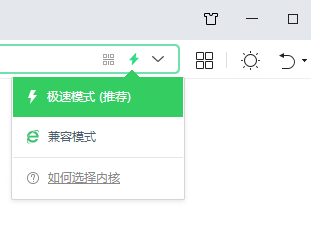A Push for AI-driven Energy Revamp
A plan to accelerate the integration of AI with the energy sector, aiming to ensure high-quality development and enhance security levels across various energy industries is up and running.
Launched on September 8, by the National Development and Reform Commission (NDRC) and the National Energy Administration (NEA), the plan sets a target to establish a robust AI-energy innovation system by 2027, with the foundation for collaborative development of computing power and electricity firmly in place.
Specifically, the targets include widespread application of AI in core energy technologies, most notably in power grids, power generation, coal, and oil and gas industries. Development of over 10 demonstrative projects that are easily replicable and have strong competitive advantages are also targeted, along with the creation of over 100 typical AI application scenarios.
According to the plan, China sees its AI technologies and applications in the energy sector as global leaders by 2030. While progress has already been made in various AI-enabled energy scenarios, including power grids and renewable energy, challenges such as technological reliability, data limitations, and the reverse distribution of electricity remain obstacles to scaling AI applications in the energy sector.
The document outlines AI applications across key energy sectors, including coal, electricity, oil, and gas, with AI focusing on eight core application scenarios: power grids, new energy, hydropower, thermal power, nuclear power, coal, oil and gas, and emerging energy businesses. The goal is to enhance the quality and efficiency of energy production, distribution, and consumption, optimizing the entire energy supply chain. Specific tasks and objectives have been identified for each sector, with a focus on urgent intelligent transformation needs, comprehensive data infrastructure, and large-scale application potential.
To address universal technical challenges, the plan proposes three key focus areas for AI in the energy sector: data foundation improvement, enhancing computing power, and advancing algorithmic models. A key strategy is to create high-quality energy data sets and ensure the security and reliability of energy data flows. Additionally, the policy stresses the importance of deep integration between AI and energy software, with a special focus on green, low-carbon technologies to meet energy sustainability goals.
The NEA will head up coordinating the implementation of these ambitious goals, with ongoing analysis and ironing out glitches to ensure smooth progress. With this comprehensive and integrated approach, China is poised to redefine the future of energy by harnessing the transformative power of AI.







